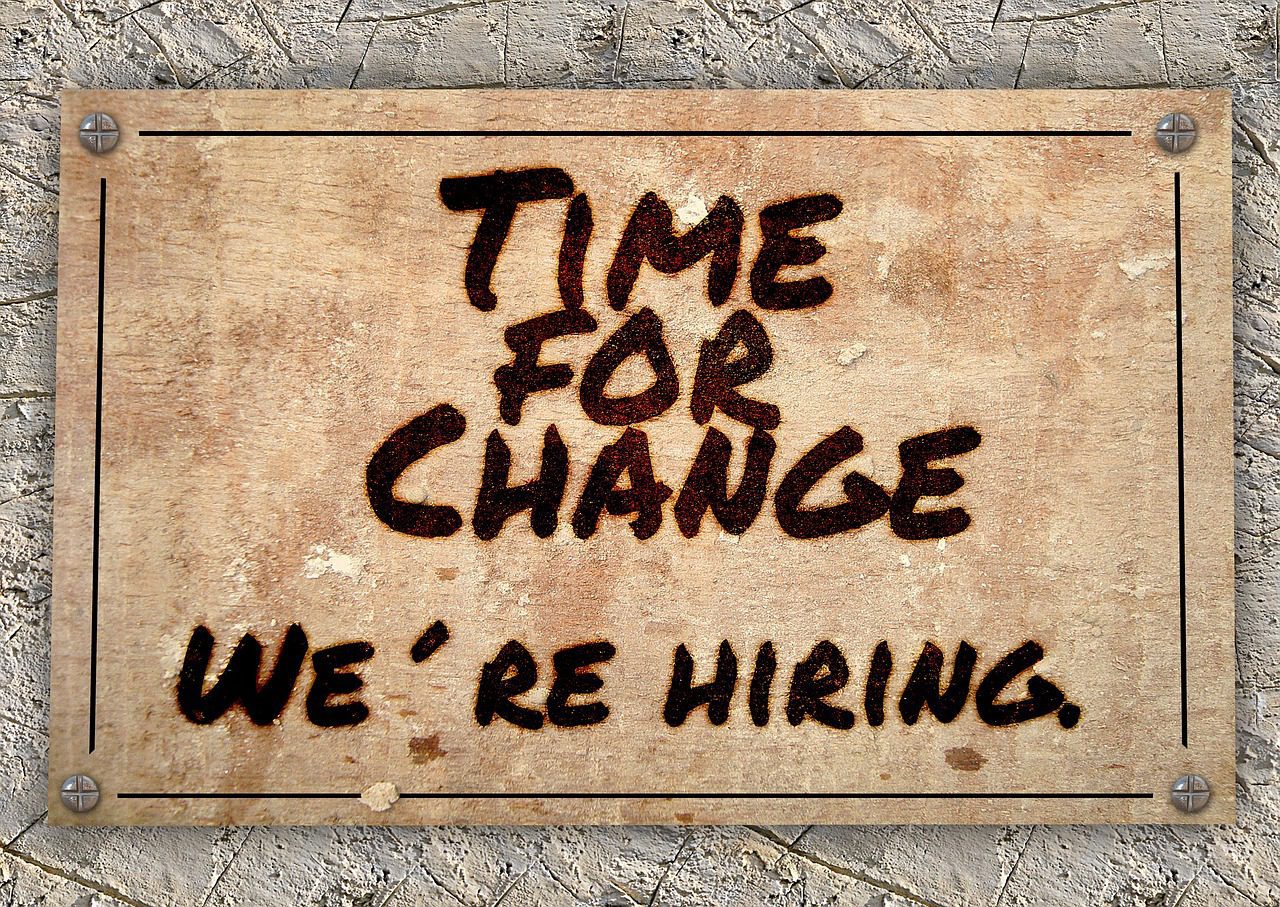by Lou Adler, CEO and founder of The Adler Group
Whenever a hiring manager needs to see more than 4-5 people before hiring someone, there’s a problem.
This problem existed long before job boards and LinkedIn came along.
And it still exists and there’s no diet-pill easy solution.
I first confronted the problem in the early ’80s as a rookie recruiter. Since my previous experience was in engineering, manufacturing and cost controls, I decided to do something about the “too many people needed to be seen before hiring someone problem.” It started by putting together a prioritized list of the reasons why hiring managers needed to see too many hiring mistakes.
To start I found 15 hiring managers who were willing to try out different ideas to eliminate the problem. It took a while but we succeeded. We not only figured out techniques to keep the maximum number of candidates seen to about 3-4, but in the process something else remarkable happened – hiring mistakes dropped to nearly zero, interviewing accuracy increased dramatically and quality of hire soared.
In essence the problem had to do with the proverbial, “If you don’t know what you’re looking for, you’ll never know when you have found it.”
But before getting to the end of the story, here’s the beginning:
Most hiring managers wouldn’t see and couldn’t hire the best people since they over spec’d the job and assessed the wrong skill set.
Long before I became a recruiter I learned that the best people were promoted based on their ability to successfully tackle tough problems irrespective of their years of experience. Based on this concept I started asking hiring managers what people in the open job needed to do or accomplish in order to be considered successful. As part of this I asked them if they would meet candidates who had a track record of comparable accomplishments even if they had a different mix of skills and experiences than initially listed. Very few disagreed.The assessment was non-traditional, too. I asked the hiring manager to dig into the person’s comparable accomplishments to determine competency, fit and motivation. When these performance qualified people were hired, quality of hire and job satisfaction increased, interviews per hire declined and interviewing accuracy improved. As important, diversity hiring increased since the artificial skills and experience barriers-to-entry were removed.
The best people always wanted more money than the budget.
Finding A-level talent with all of the requisite skills and experience was an impossibility within the salary constraints typically offered. After a few years of trying to negotiate compensation, I changed focus and proactively sourced people who would see the job as a career move rather than a lateral transfer. For example, we targeted people who would see the title as better or that a shift to the company would accelerate their growth or the actual work content was more satisfying. By defining the work as a series of performance objectives it was much easier for these A-level candidates to evaluate the job based more on what they would be doing, learning and becoming rather than the increase in compensation they’d be getting.
Switching to a long-term career focus became a classic win-win-win for the hiring manager, the candidate and the recruiter. I refer to this as the 30% solution – giving new hires a combined 30% increase consisting of job stretch, more impact, faster growth and more satisfaction.
The best candidates weren’t overtly or actively looking for another job.
After a few years recruiting staff-level professionals and managers, I discovered that the ideal candidate was someone who was very talented and had just started looking for another job. I refer to these people as tiptoers. By building a deep network of people in my search area specialty I soon got regular referrals of talented people at the moment they started looking.
However, there were never enough of these tiptoers to go around. So as part of completing a search project I would contact people in my network and ask them to tell me about the best people they knew who were not looking. I then contacted and recruited these candidates by suggesting we just talk to see if one of the open positions I was handling offered a 30% non-monetary increase. If the spot wasn’t perfect for them I’d then get referrals of the best people they knew who also weren’t looking.
Use a Less is More Approach to improve Quality of Hire
Sourcing is the diet pill of hiring. It might feel good for awhile, but the long term results are rarely satisfying. Hiring better people takes hard work. I make the contention that less sourcing and more recruiting is the work needed – better jobs, more engaged hiring managers and stronger recruiters. The idea is to spend more time with fewer higher quality candidates. Above all, remember that, “If you don’t know what you’re looking for, you’ll never know when you have found it.”
Permission has been granted from The Adler Group and Lou Adler, author of Hire With Your Head and The Essential Guide to Hiring & Getting Hired, to reprint this article.
About the author
Lou Adler is the CEO and founder of The Adler Group – a training and search firm helping companies implement Performance-based Hiring℠. Adler is the author of the Amazon top-10 best-seller, Hire With Your Head (John Wiley & Sons, 3rd Edition, 2007). His most recent book has just been published, The Essential Guide for Hiring & Getting Hired (Workbench, 2013). He is also the author of the award-winning Nightingale-Conant audio program, Talent Rules! Using Performance-based Hiring to Build Great Teams (2007). Adler holds an MBA from the University of California in Los Angeles and a BS in Mechanical Engineering from Clarkson University in New York.









































